Tortoises are remarkable creatures that can become lifelong companions due to their impressive longevity, with many species living 50-100 years or more. Their steady, gentle nature and fascinating behaviors make them increasingly popular exotic pets for dedicated owners. Unlike many pets with shorter lifespans, tortoises offer the unique opportunity to grow alongside their human families for decades, potentially even outliving their original owners. If you’re considering a shelled friend for the long haul, it’s crucial to select a species well-suited to captivity that matches your living situation, climate, and commitment level. This guide explores ten tortoise breeds known for thriving in domestic environments, highlighting their distinct characteristics, care requirements, and what makes each an excellent choice for committed reptile enthusiasts.
Russian Tortoise (Testudo horsfieldii)
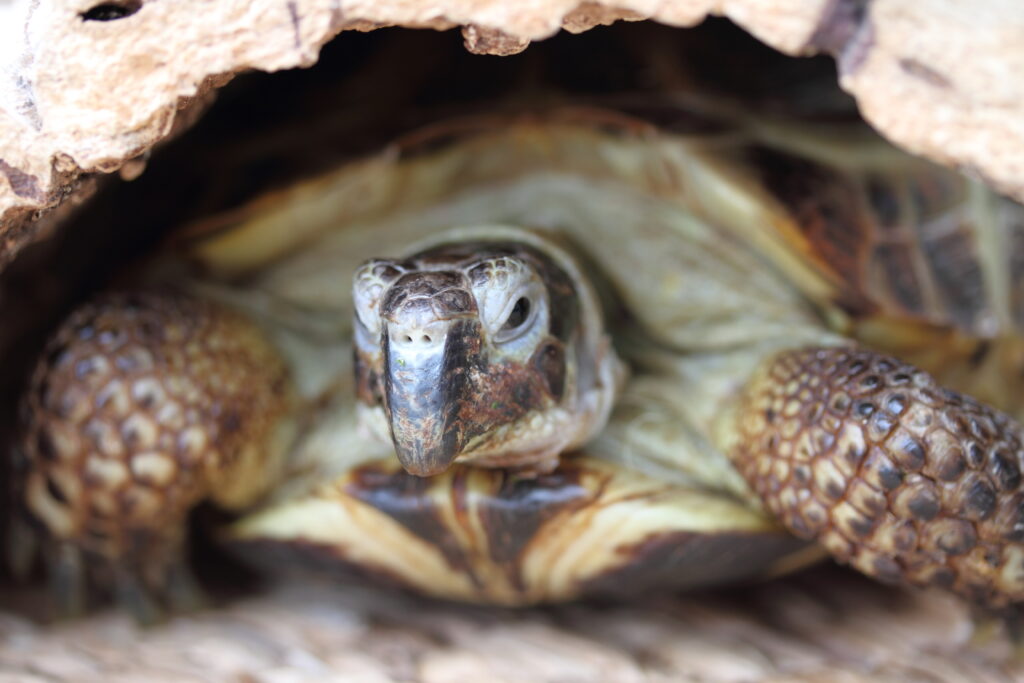
Russian Tortoises, also known as Horsfield’s Tortoises, are among the most popular pet tortoise species due to their manageable size, reaching only 8-10 inches when fully grown. Their hardiness and adaptability make them excellent for first-time tortoise owners, as they can tolerate a wider range of temperatures than many other species.
These charming tortoises have distinctive four-toed feet and a personality that many owners describe as curious and surprisingly active compared to other tortoise varieties. With proper care, including a diet rich in leafy greens, adequate UVB lighting, and appropriate humidity levels, Russian Tortoises can live 40-50 years in captivity, making them a substantial but not overwhelming commitment for those seeking a long-term reptilian companion.
Hermann’s Tortoise (Testudo hermanni)
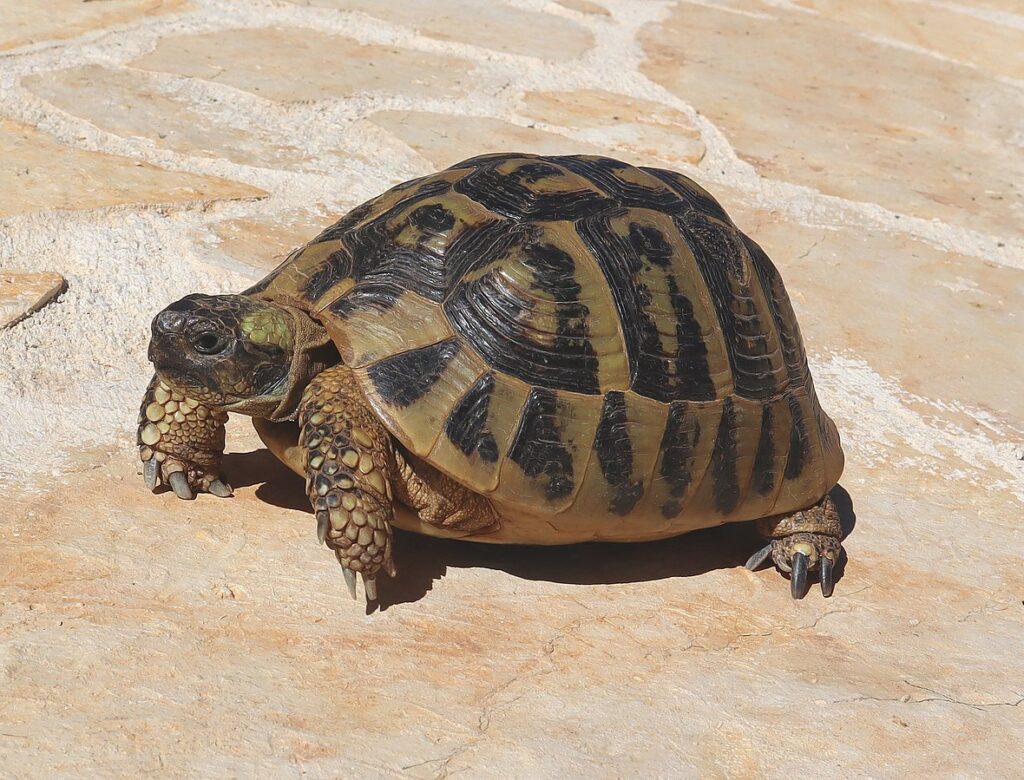
Hermann’s Tortoises have earned their popularity among tortoise enthusiasts for their beautiful appearance, featuring distinctively patterned carapaces with contrasting yellow and black markings. Originating from the Mediterranean region, these medium-sized tortoises typically grow to 7-11 inches, making them suitable for keepers with moderate space requirements.
Their relatively docile temperament combines with an engaging, active nature that makes them interactive pets that many owners find rewarding to observe and handle occasionally. Hermann’s Tortoises require a Mediterranean-style setup with access to both sunny and shaded areas, protection from extreme temperatures, and a diet consisting primarily of grasses, weeds, and leafy greens that mimic their natural foraging habits. With attentive care and appropriate housing, these charming reptiles often live 50-75 years, forming multi-generational relationships with their human families.
Greek Tortoise (Testudo graeca)
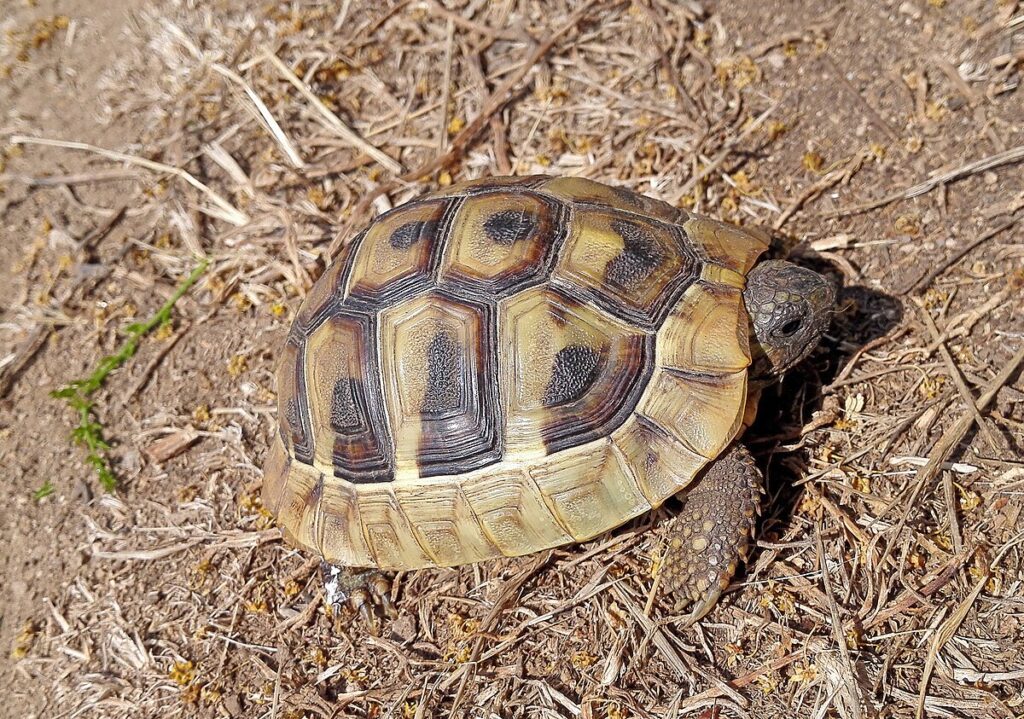
Greek Tortoises, with their highly domed shells and distinctive scale patterns, have become beloved pets for their manageable size and adaptable nature. These Mediterranean natives typically reach 5-10 inches depending on the subspecies, making them appropriate for keepers with limited space compared to larger tortoise varieties.
One of their most appealing characteristics is their active, curious demeanor during warm daylight hours, when they eagerly explore their enclosures and interact with their environment. Greek Tortoises thrive in dry, warm conditions with moderate humidity, requiring both indoor and outdoor housing options for most climates in North America and Europe.
Their diet should consist primarily of high-fiber, low-protein plant matter including grasses, weeds, and select vegetables, which helps maintain their shell and bone health over their potential 50-100 year lifespan.
Leopard Tortoise (Stigmochelys pardalis)
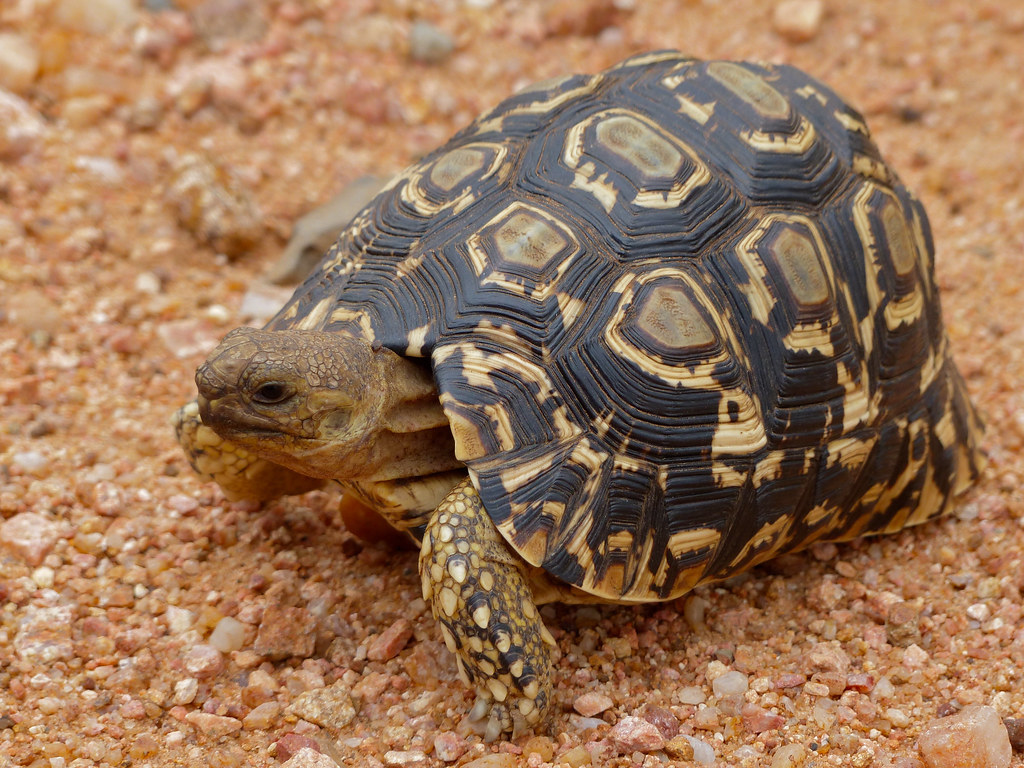
Leopard Tortoises stand out with their striking carapace patterns that resemble the spotted coat of their namesake big cat, making them one of the most visually appealing tortoise species available to experienced keepers. These African natives grow substantially larger than many pet tortoises, with adults typically reaching 10-18 inches in length and occasionally exceeding 24 inches in exceptional specimens.
Despite their impressive size, Leopard Tortoises are known for their gentle, shy temperament, rarely showing aggression even when handled properly. They require spacious enclosures with both indoor and outdoor components in most climates, including secure fencing that prevents both escape and predator entry.
With proper care focusing on appropriate diet, temperature gradients, and humidity levels, these magnificent tortoises commonly live 50-100 years in captivity, with some individuals reportedly reaching even greater ages under optimal conditions.
Red-Footed Tortoise (Chelonoidis carbonaria)
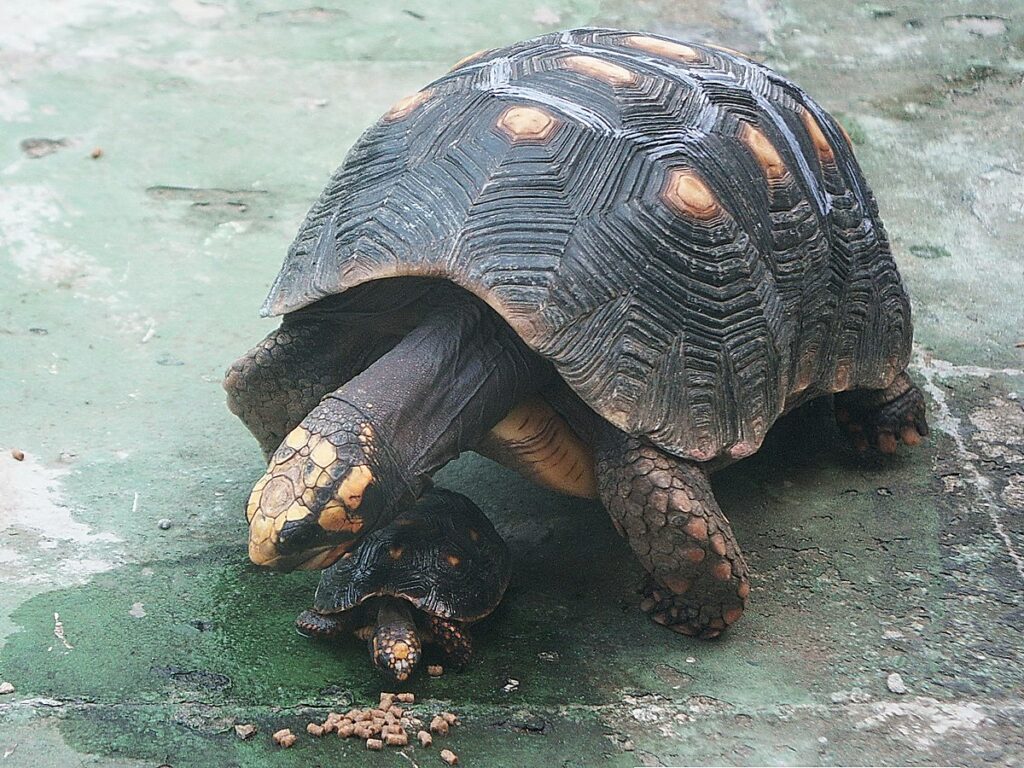
Red-Footed Tortoises have become increasingly popular pets due to their manageable size (12-14 inches on average), stunning appearance with red scales on their limbs, and relatively adaptable care requirements. Native to South America and parts of the Caribbean, these tortoises thrive in warm, humid environments that replicate their tropical forest habitat.
Red-Footed Tortoises demonstrate more dietary flexibility than many other species, naturally consuming a varied diet of vegetation, fruits, flowers, and occasionally carrion in the wild—though captive diets should focus primarily on leafy greens with fruits offered sparingly as treats.
Their intelligent, curious personalities make them engaging pets that often recognize their caretakers and may approach for interaction or food. With proper humidity, diet, and temperature management, Red-Footed Tortoises regularly live 50+ years in captivity, with some well-cared-for individuals reaching ages of 90 years or more.
Yellow-Footed Tortoise (Chelonoidis denticulata)
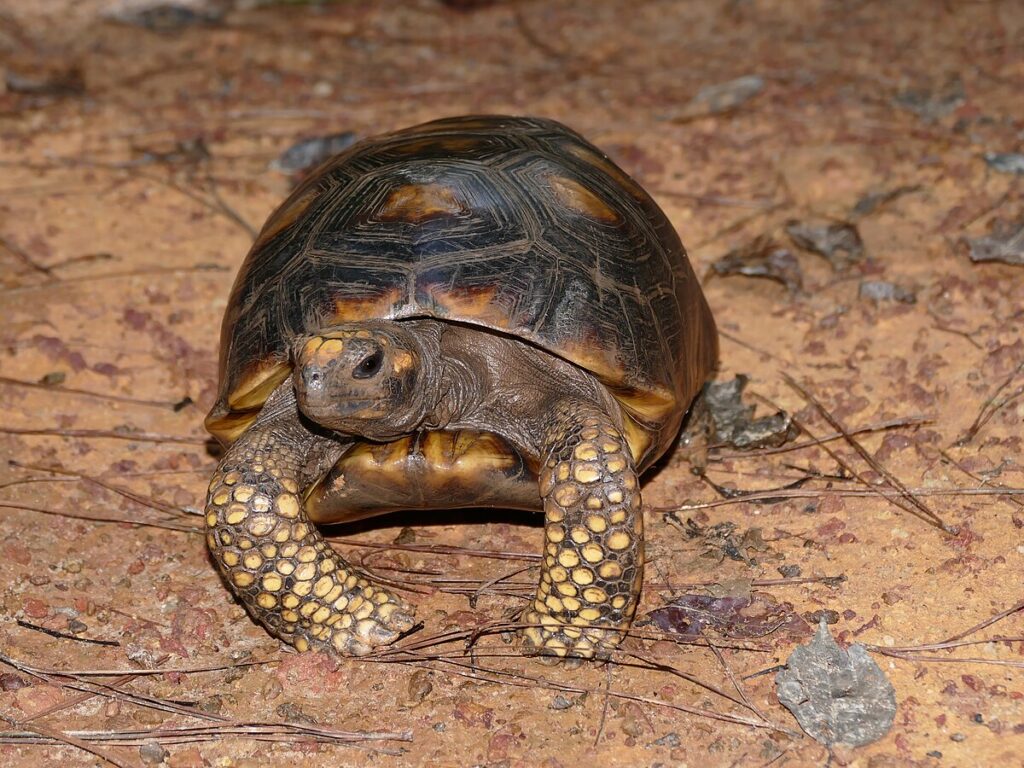
Yellow-Footed Tortoises are closely related to Red-Footed Tortoises but grow significantly larger, with adults commonly reaching 16-18 inches and occasionally exceeding 20 inches in captivity. Their distinctive yellow or orange scales on the limbs contrast beautifully with their dark carapace, making them visually striking additions to any tortoise collection.
These South American rainforest natives require high humidity levels (70-80%) and warm temperatures to thrive, necessitating specialized habitat setups that may include humidifiers, regular misting, and careful temperature monitoring. Yellow-Footed
Tortoises exhibit fascinating cognitive abilities, with many owners reporting that their pets recognize them, respond to routine changes, and demonstrate problem-solving behaviors around feeding time. Due to their substantial size, these tortoises require significant space—ideally with both indoor and outdoor components—and can live 50-90 years with proper care, representing a multi-generational commitment for the dedicated keeper.
Indian Star Tortoise (Geochelone elegans)
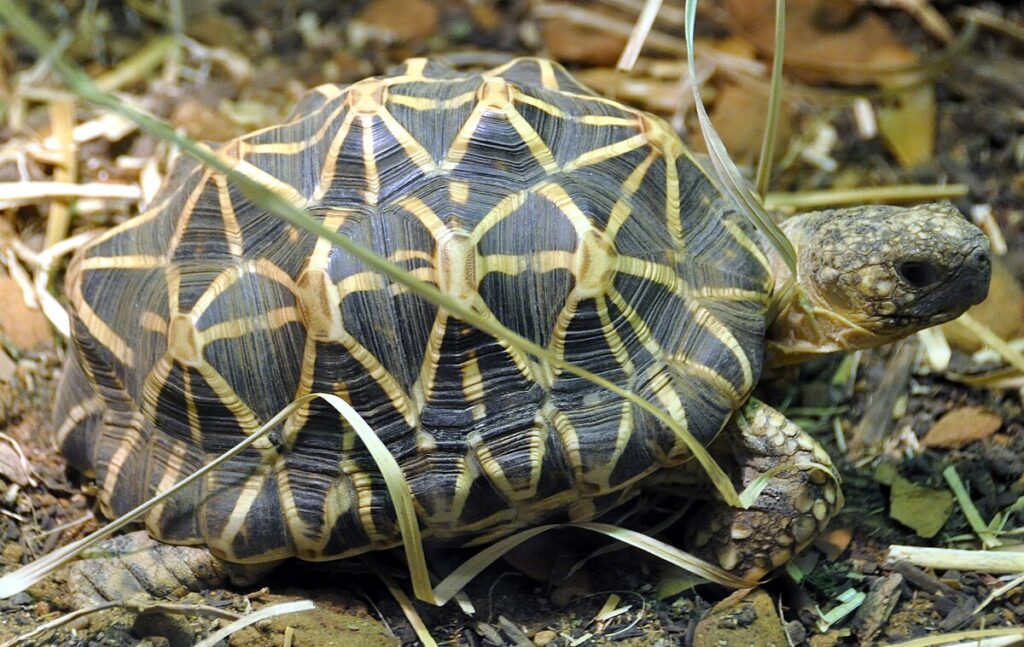
Indian Star Tortoises are prized among tortoise enthusiasts for their extraordinarily beautiful carapaces featuring radiating star patterns that serve as natural camouflage in their native grassland habitats. These medium-sized tortoises typically reach 7-12 inches when fully grown, with females generally growing larger than males.
Star Tortoises require careful attention to humidity and temperature gradients, as they naturally experience both wet and dry seasons in the wild and may develop respiratory or shell problems if kept in consistently inappropriate conditions. Their diet should consist primarily of grasses, leafy greens, and hays, with minimal fruit to prevent digestive issues and shell deformities.
While Star Tortoises are captive-bred in the United States, potential owners should be aware that wild-caught specimens may still enter the pet trade illegally, making it essential to purchase only from reputable breeders with proper documentation. With attentive care focused on their specialized needs, these stunning tortoises commonly live 30-80 years in captivity.
Marginated Tortoise (Testudo marginata)
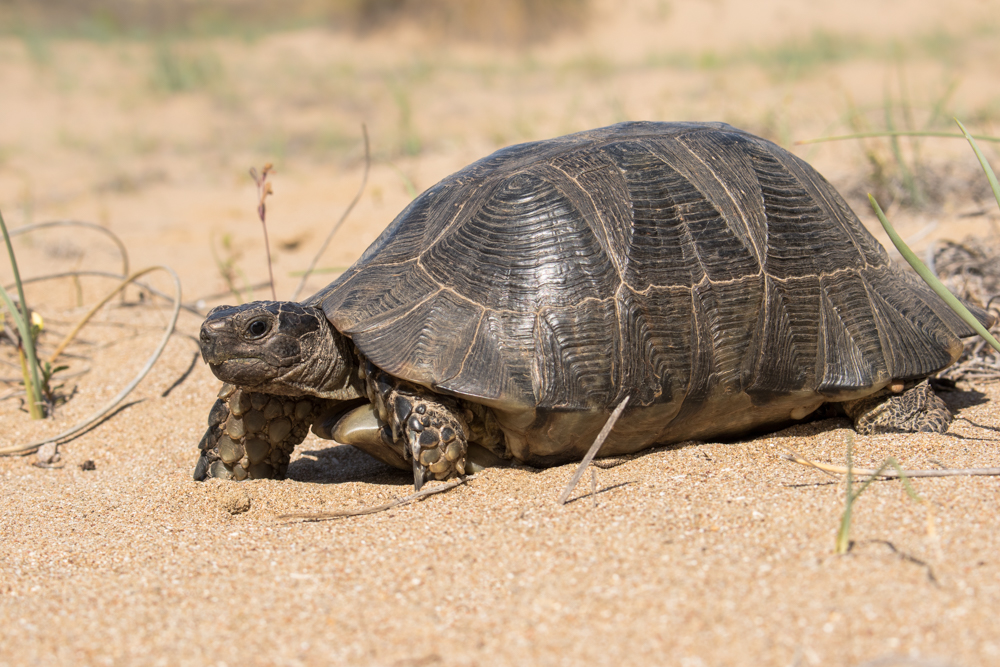
Marginated Tortoises are the largest of the Mediterranean tortoise species, with males reaching impressive lengths of 12-14 inches and featuring distinctively flared rear scutes that create a “skirted” appearance along the edge of their shell. These striking tortoises originate from Greece and parts of the Balkans, where they inhabit rocky, scrubby hillsides with moderate vegetation. In captivity,
Marginated Tortoises demonstrate a relatively calm temperament compared to other Mediterranean species, though males may become territorial during breeding season. They require spacious enclosures with various microclimates, including both sunning spots and cooling retreats, to allow for natural thermoregulation behaviors.
Their dietary needs center around high-fiber, low-protein plant matter, with emphasis on grasses, weeds, and leafy greens that support healthy shell development over their 50-100 year potential lifespan. Marginated Tortoises hibernate naturally in winter months, requiring owners to understand and properly manage this crucial aspect of their care cycle.
Sulcata Tortoise (Centrochelys sulcata)
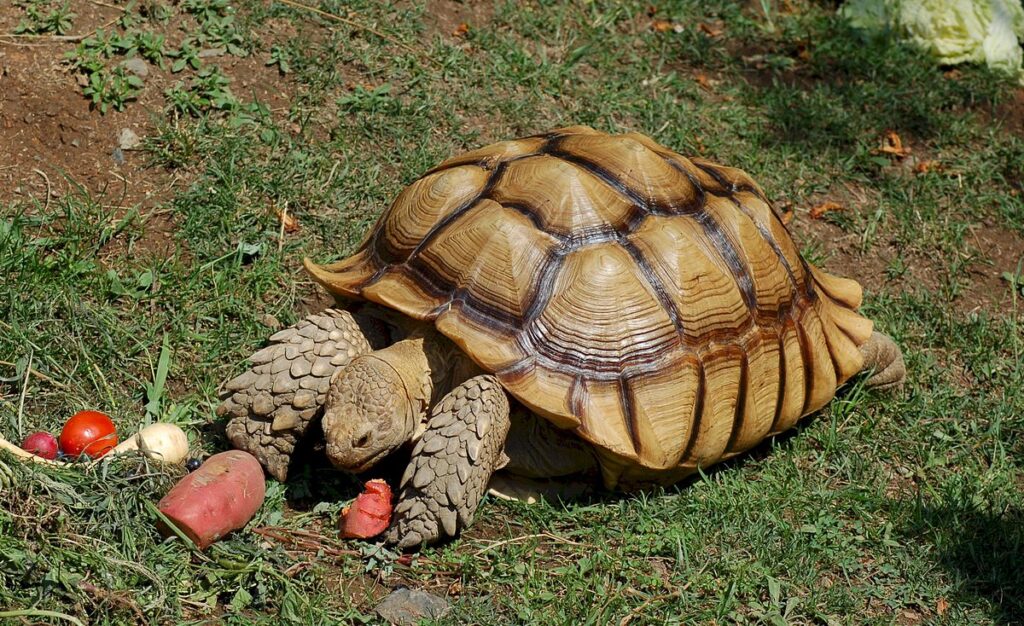
Sulcata Tortoises, also known as African Spurred Tortoises, are the third-largest tortoise species in the world and the largest mainland species, with adults commonly reaching 24-30 inches in length and weights exceeding 100-200 pounds when fully mature.
Despite their popularity in the pet trade, potential owners must recognize that these tortoises require exceptional space commitments, including large, secure outdoor enclosures in suitable climates and substantial indoor housing during temperature extremes.
Sulcatas demonstrate remarkable strength and persistence, often attempting to climb, dig, or push through barriers, necessitating carefully constructed enclosures with deep foundations to prevent escape. Their primary dietary requirements include high-fiber grasses and hay, supplemented with appropriate leafy greens, making them relatively economical to feed despite their size.
With proper care addressing their substantial space, dietary, and environmental needs, Sulcata Tortoises regularly live 70-100+ years, potentially requiring provisions in the owner’s estate planning to ensure continued care across generations.
Eastern Box Turtle (Terrapene carolina carolina)

While technically not true tortoises but rather land-dwelling turtles, Eastern Box Turtles merit inclusion on this list due to their tortoise-like lifestyle, care requirements, and impressive longevity. These North American natives feature high-domed shells with variable color patterns ranging from brown to olive, often adorned with striking yellow or orange markings that make each individual unique.
Box Turtles require moderately humid environments with access to shallow water for soaking, along with various hiding spots and substrate suitable for burrowing behaviors. Their omnivorous diet in captivity should include a diverse mix of leafy greens, vegetables, insects, and occasional fruits, reflecting their varied natural foraging habits.
Eastern Box Turtles form strong associations with their territories in the wild, and captive specimens often recognize their caretakers and develop individual personalities that endear them to dedicated owners. With proper husbandry addressing their specific habitat and dietary needs, these remarkable reptiles commonly live 40-60 years, with exceptional specimens documented reaching ages of 80-100 years in captivity.
Pancake Tortoise (Malacochersus tornieri)
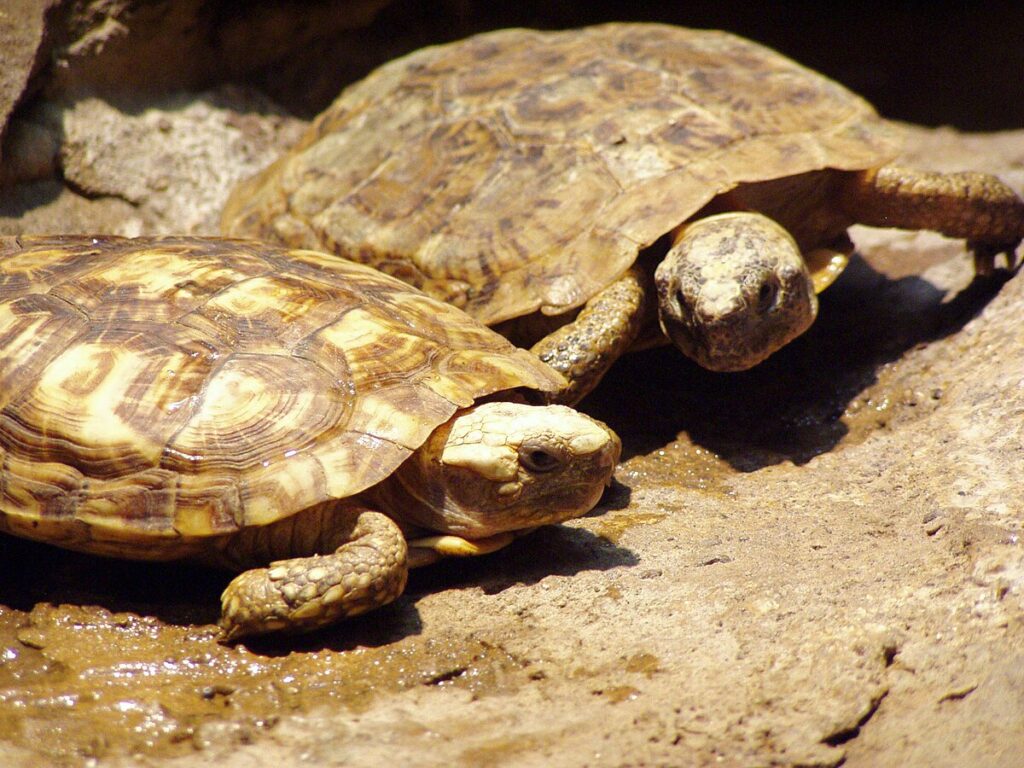
Pancake Tortoises stand apart from all other species on this list with their uniquely flattened shells that enable them to wedge into narrow rock crevices in their native East African habitat. These specialized tortoises reach only 6-7 inches in length but require particularly knowledgeable care due to their specific environmental needs and relatively fragile shell structure compared to more typically domed tortoise species.
Unlike most tortoises that rely on their heavy shells for protection, Pancake Tortoises have evolved remarkable agility and climbing abilities, necessitating secure enclosures with climbing opportunities but also protection from falls. They thrive in dry, warm environments with moderate humidity and access to UVB lighting that supports their vitamin D synthesis and calcium metabolism.
Pancake Tortoises have become increasingly rare in the wild due to habitat loss and collection for the pet trade, making it essential to purchase only from reputable captive breeding programs. With specialized care addressing their unique physical and environmental requirements, these fascinating tortoises typically live 30-50 years in captivity.
Essential Considerations for Long-Term Tortoise Care
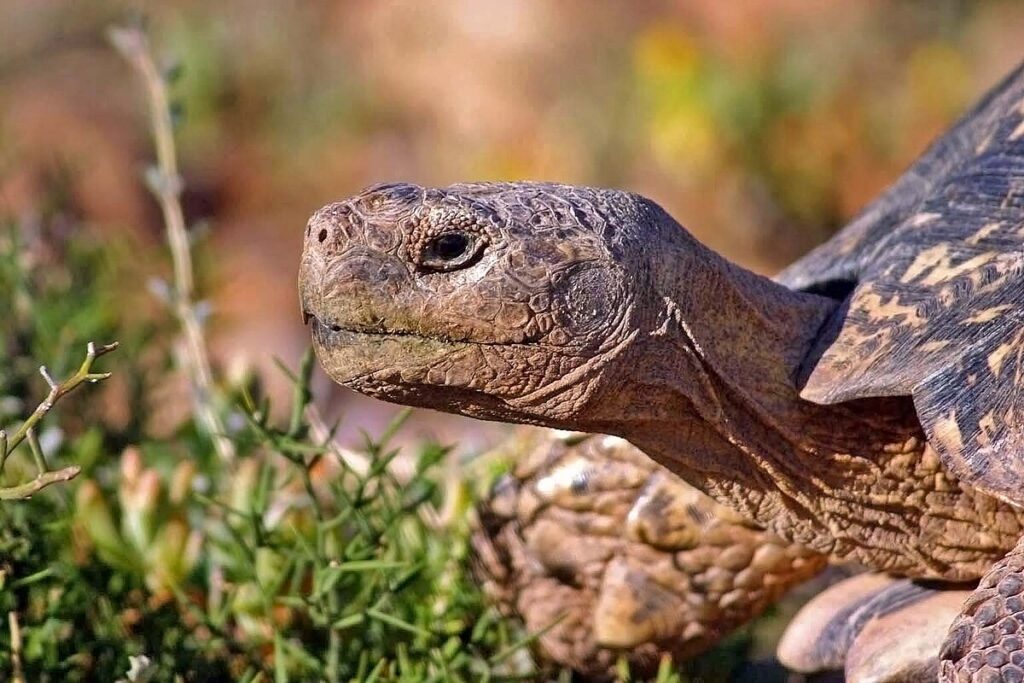
Choosing to bring a tortoise into your home represents a commitment that potentially spans decades or even a lifetime, requiring thoughtful planning beyond the initial setup and care routines. Prospective tortoise owners should consider establishing a tortoise trust or including provisions in their will to ensure continued care should the tortoise outlive them.
Housing requirements will likely evolve as your tortoise grows, potentially necessitating significant space accommodations for larger species like Sulcatas or Leopard Tortoises. Veterinary care represents another crucial consideration, as finding experienced reptile veterinarians can prove challenging in some regions, and specialized care costs should be factored into long-term financial planning.
Perhaps most importantly, tortoises require consistency and stability in their environment, making them less suitable for individuals who relocate frequently or cannot provide appropriate housing conditions year-round. By realistically assessing your ability to meet these long-term commitments before bringing home a tortoise, you help ensure a fulfilling relationship with these remarkable creatures across their impressive lifespan.
Conclusion: Choosing Your Perfect Tortoise Companion
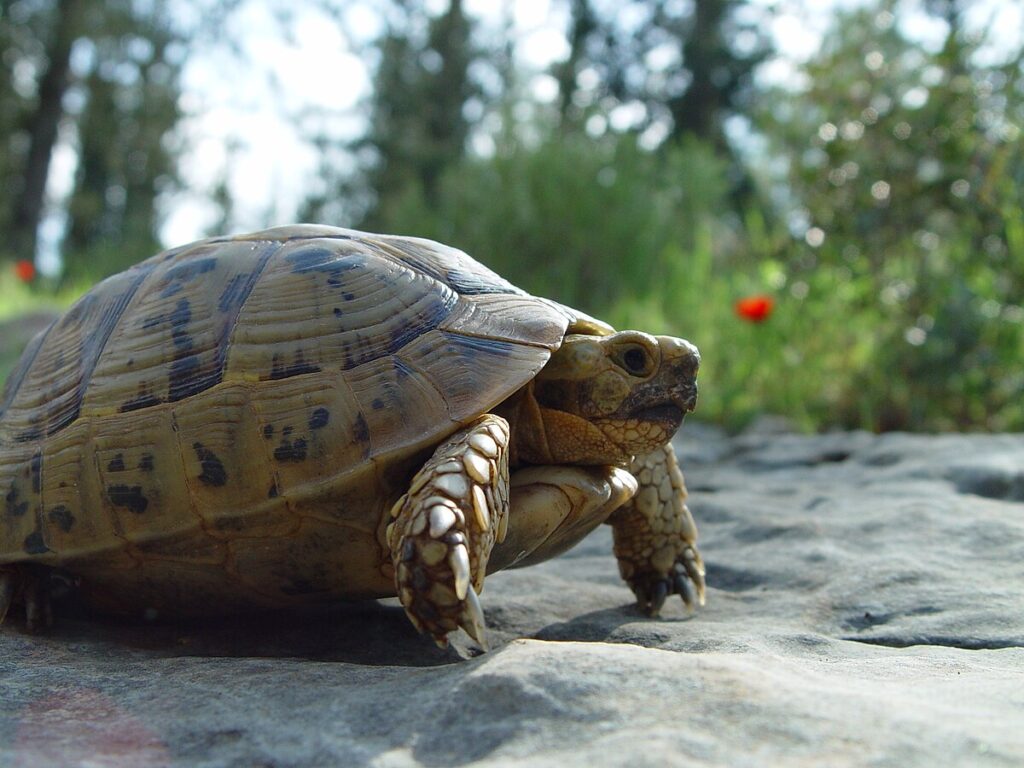
Selecting the ideal tortoise species for your lifestyle involves balancing several factors, including available space, local climate, experience level, and long-term commitment capacity. Smaller species like Russian or Hermann’s Tortoises often prove ideal for first-time owners with limited space, while experienced keepers with appropriate accommodations might consider larger specimens like Leopard or Sulcata Tortoises.
Beyond physical requirements, prospective owners should research the specific personality traits, activity levels, and handling tolerance of different species to find a match for their interaction preferences. Remember that acquiring a tortoise from a reputable breeder or rescue organization not only ensures you receive a healthy animal but also supports ethical practices in the reptile community. With thoughtful selection, proper preparation, and dedicated care, your tortoise can become not just a pet but a multigenerational family member that brings joy, fascination, and a connection to the natural world for decades to come.

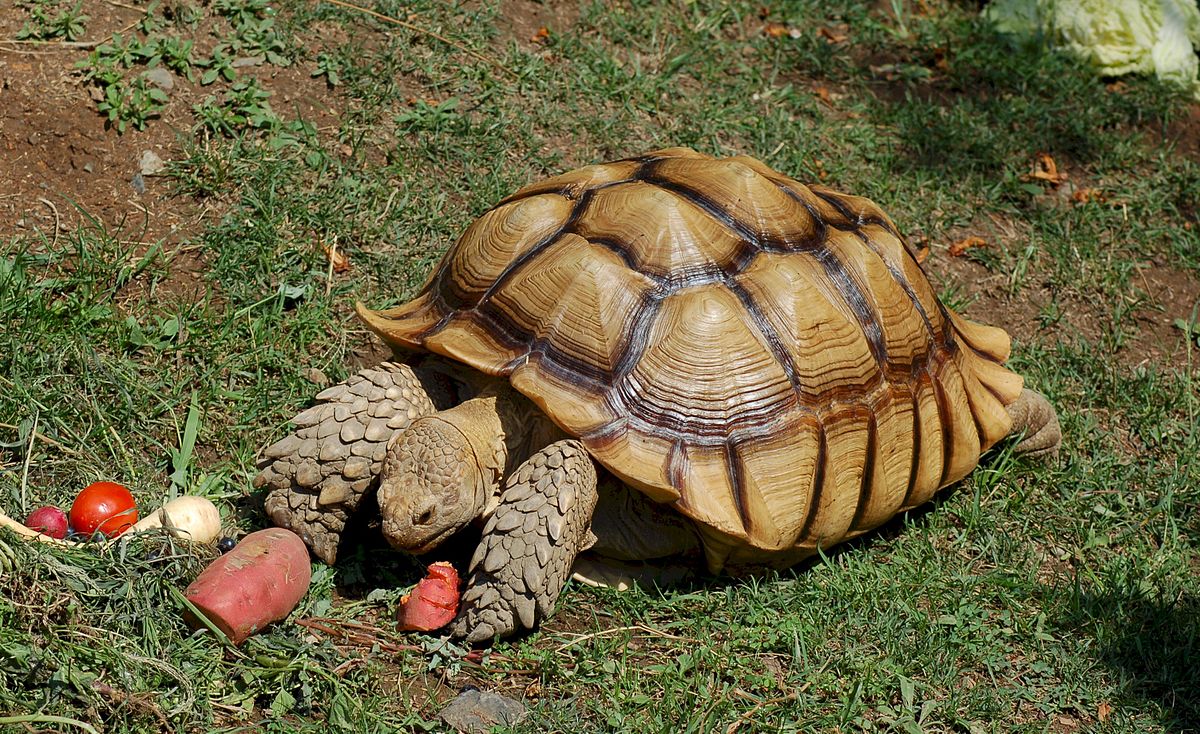
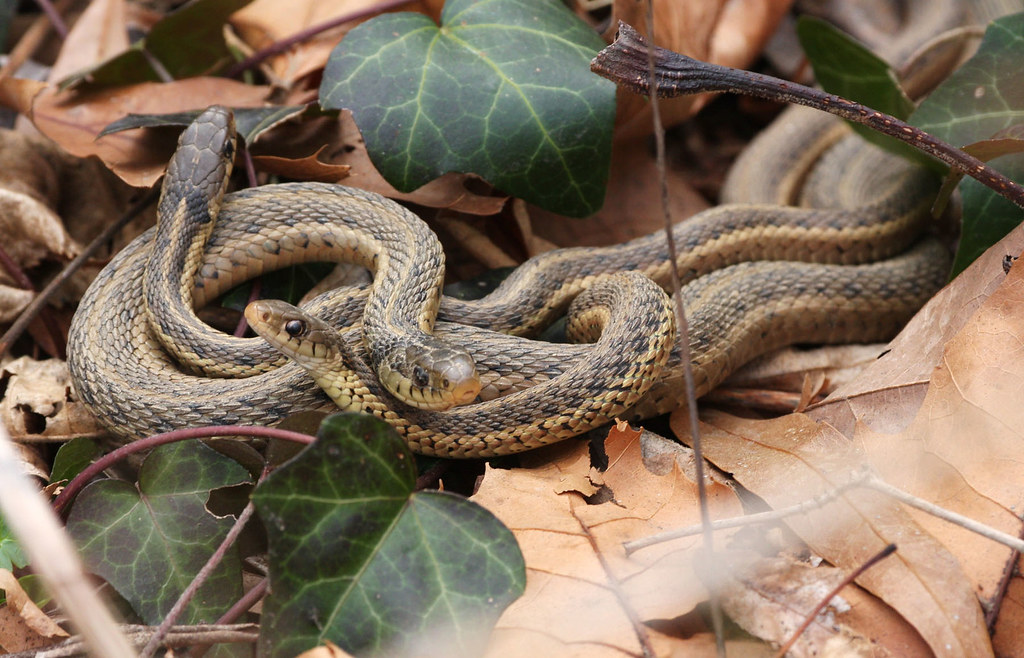
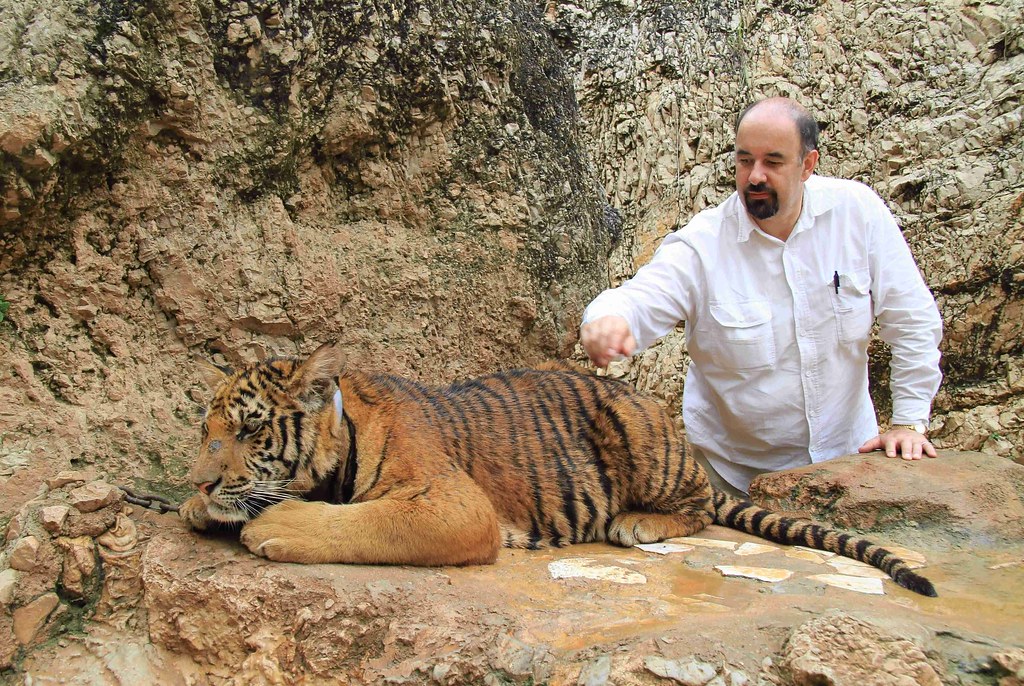
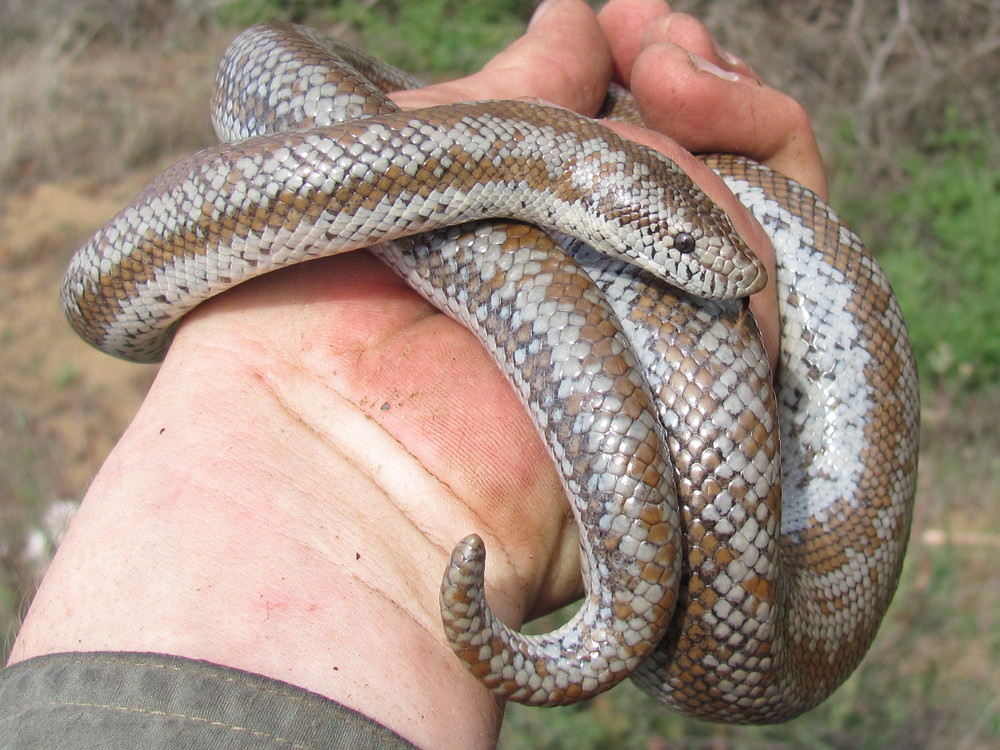
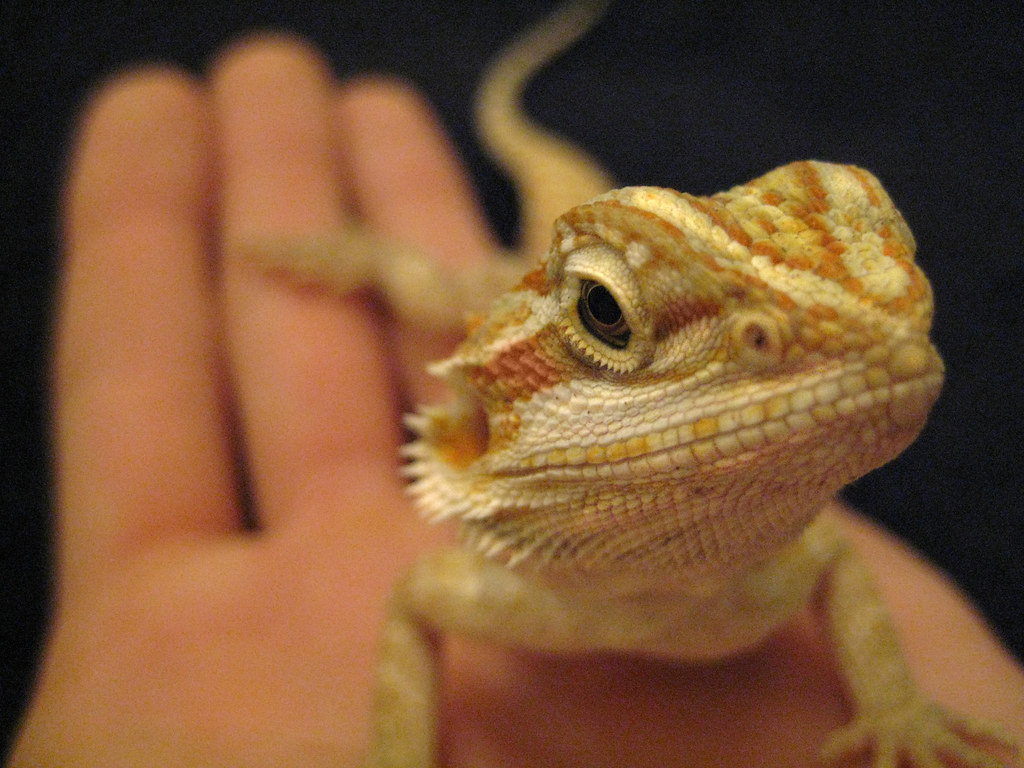
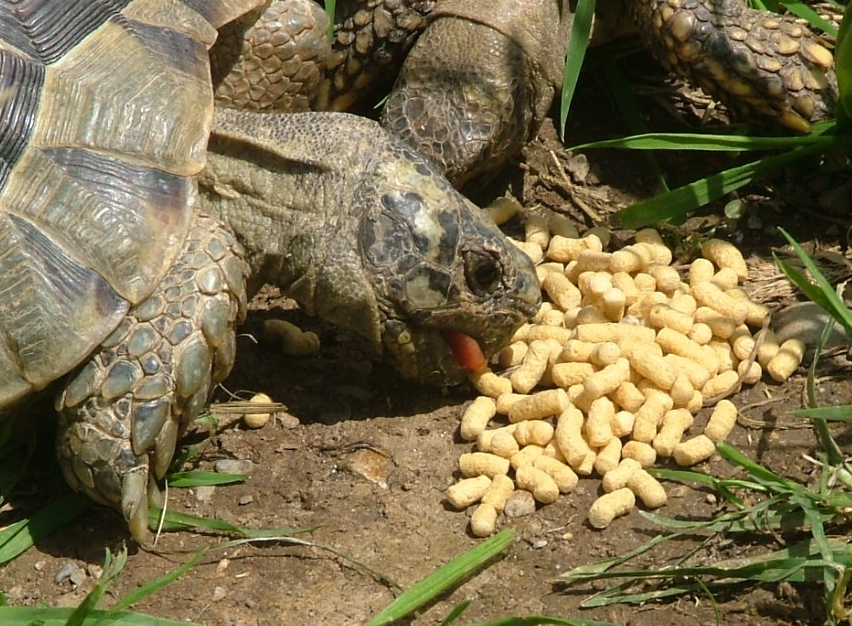


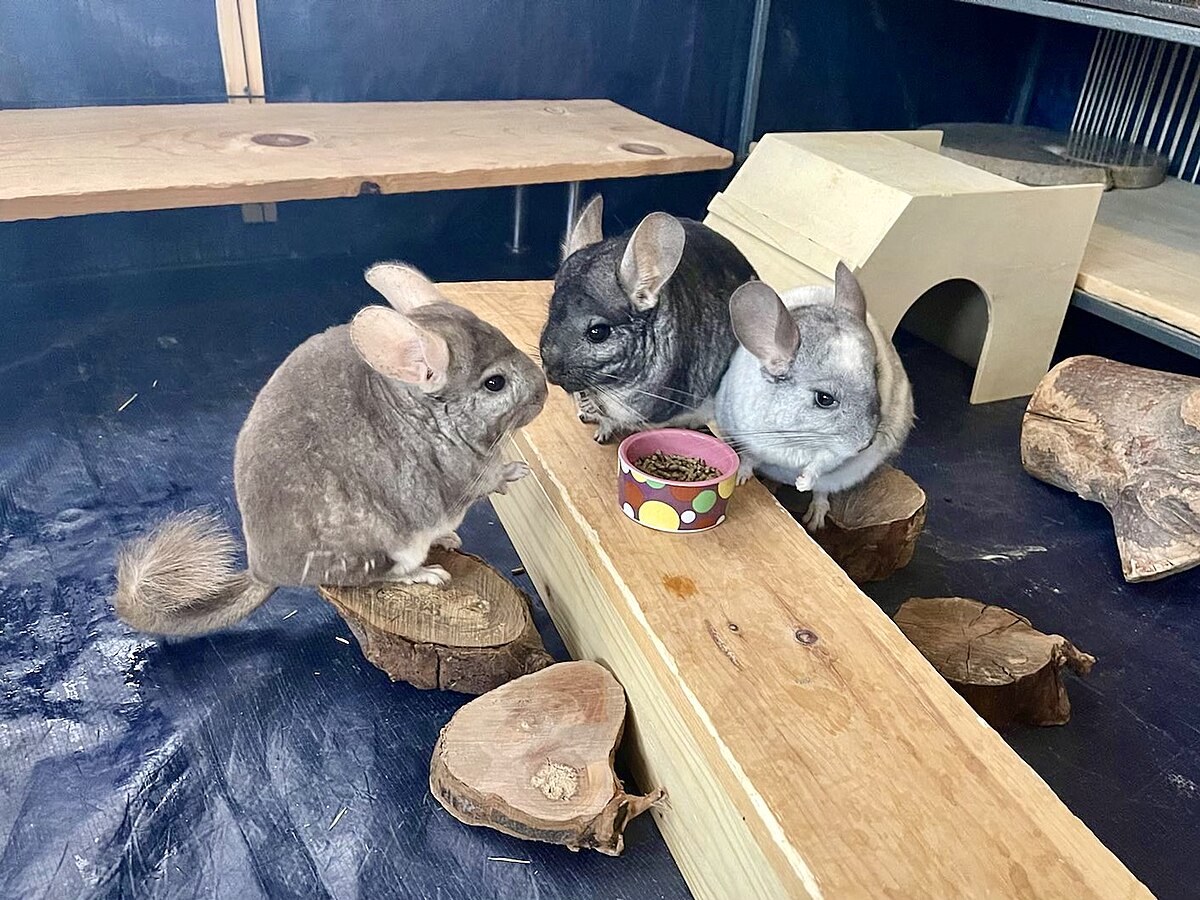

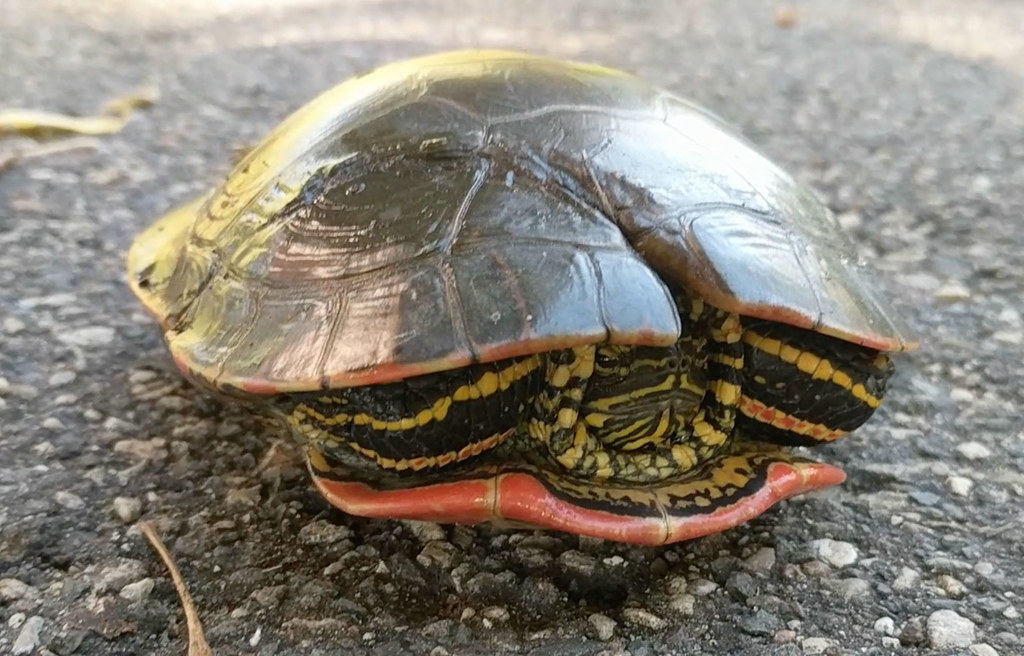
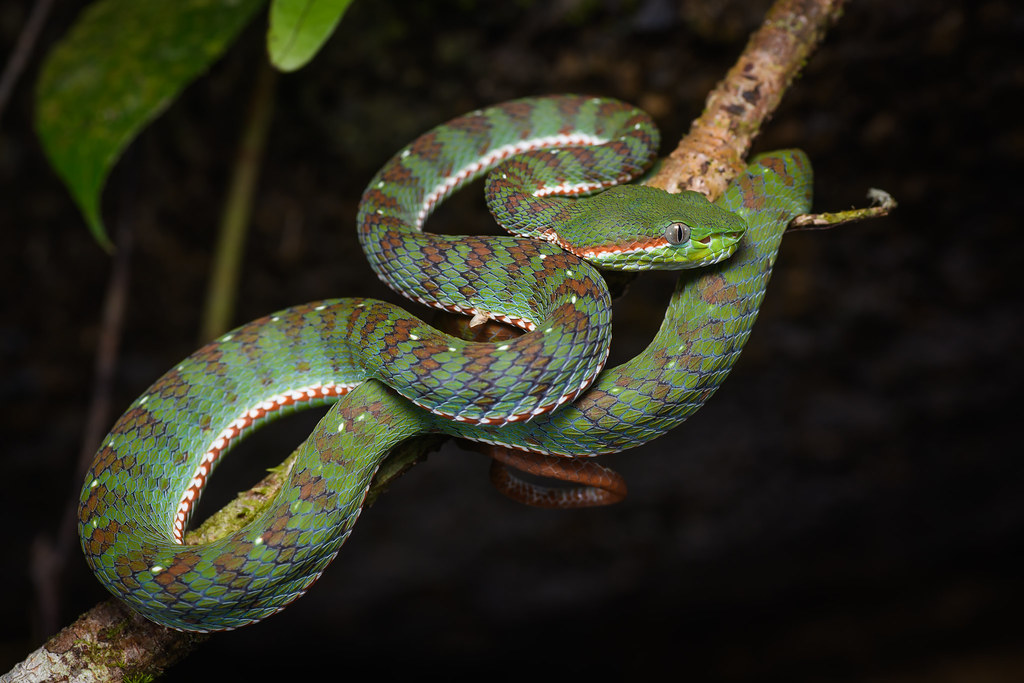
Leave a Reply